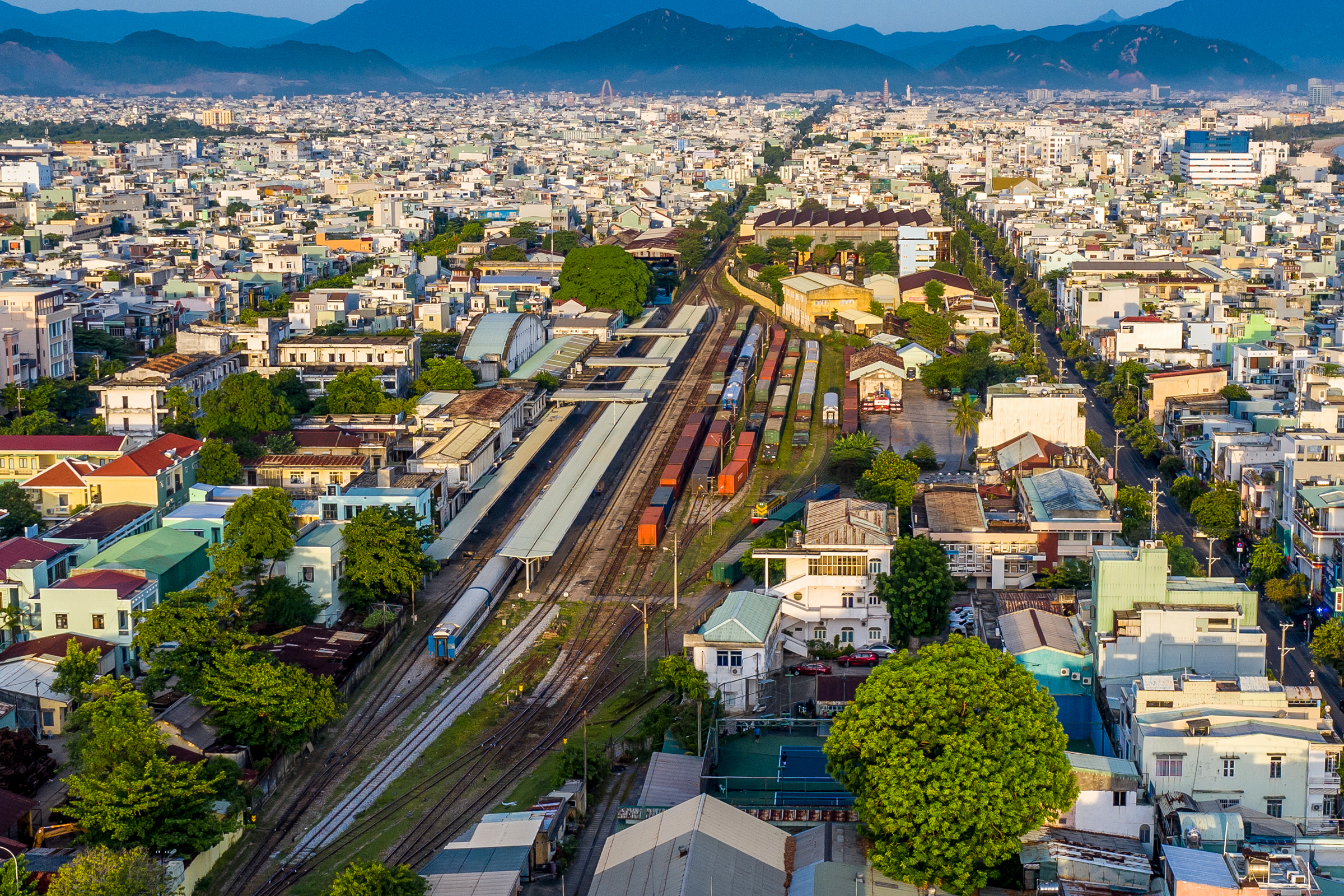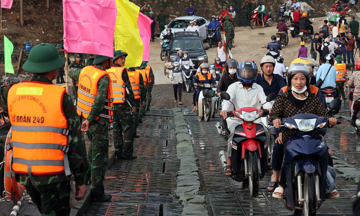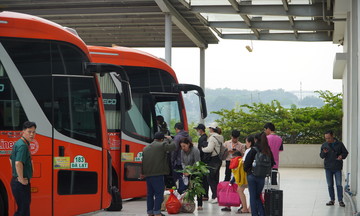On 27/6, the National Assembly passed the amended Railway Law with 426 out of 440 delegates present voting in favor. The law stipulates that localities will retain 50% of the revenue generated from developing land along national railway lines after deducting compensation, support, resettlement, and related costs. The remaining 50% will be remitted to the central budget. For local railway lines, provinces and cities will retain 100% of the revenue.
The law permits provincial People's Committees to formulate, appraise, and approve plans for transit-oriented development (TOD) urban areas along national and local railway lines. Provinces and cities are also authorized to approve project route plans, locations, and overall site plans for local railways.
Provinces can adjust economic and technical indicators, land use functions, and construction planning parameters within TOD zones, deviating from general standards, provided they do not exceed the capacity of local and surrounding socio-technical infrastructure. Notably, localities can determine the scope of TOD areas and implement specific procedures without repeating land use planning, land use plan adjustments, or urban-rural planning approvals.
In cases where the general planning of a centrally-administered city has not been approved by the competent authority, the city's People's Committee can base its decisions on the approved provincial plan to formulate, appraise, and approve plans related to routes, project locations, and TOD areas. After the TOD area plan is approved, land use plans and related plans must be updated and publicized promptly.
Provincial People's Councils are authorized to use local budgets to implement independent public investment projects for compensation, support, and resettlement according to TOD area plans, creating land funds for auctioning to reinvest in railway projects.
 |
Da Nang Railway Station, September 2024. Photo: Nguyen Dong |
Da Nang Railway Station, September 2024. Photo: Nguyen Dong
Numerous incentives for railway infrastructure and industry development
The law outlines various incentives and support policies to attract investment in the railway sector. The State prioritizes budget allocation for developing, upgrading, and maintaining national and local railway infrastructure, developing the railway industry, and training specialized personnel. Localities with railway lines will be able to mobilize resources for compensation, resettlement support, and investment in certain infrastructure projects within the project scope.
Railway businesses are exempt from or receive reduced land use and land rental fees for areas used for railway operations. They can access state investment credit, receive government loan guarantees, or preferential loan support when investing in infrastructure development, purchasing equipment, locomotives, carriages, or supporting the railway industry.
Furthermore, organizations engaging in railway business in difficult economic areas will receive partial budget support and preferential credit. Public passenger transport by urban rail will be subsidized. Businesses are also prioritized or required to use domestic goods and services, except for projects involving the construction of new locomotives, carriages, or railways requiring specialized technology.
Businesses investing in the railway industry or railway infrastructure will enjoy corporate income tax incentives. Notably, for railway projects under the public-private partnership (PPP) model, the state guarantees all compensation, support, and resettlement costs from the budget, not counted toward the state capital contribution ratio. The compensation portion can be separated into an independent public investment project.
Flexible investor selection mechanism, strict transfer control
The law stipulates that investors are not allowed to transfer projects, project enterprises, or related assets to foreign organizations or individuals, or organizations with foreign capital. For national railway projects where the competent authority selects investors for TOD development in localities, provinces can designate investors.
If a project is invested in under the PPP model, the competent authority can select investors through limited bidding, direct contracting, or other suitable methods if the investor demonstrates sufficient financial capacity, experience, or has a cooperation agreement with a partner experienced in implementing similar projects.
Before applying direct contracting or limited bidding, the competent authority must obtain written agreement from the Ministry of National Defense and the Ministry of Public Security regarding national defense and security requirements and state secrets.
Vu Tuan












